Nestled in the heart of South Korea, Jeonju is a city where tradition dances gracefully with modernity. Known for its vibrant culture and rich heritage, Jeonju invites visitors to experience a unique blend of historical architecture, tantalizing cuisine, and immersive cultural activities.
Whether you're wandering through the ancient Hanok Village, sampling the world-renowned bibimbap, or exploring the city's lush parks, Jeonju offers a treasure trove of experiences waiting to be discovered.
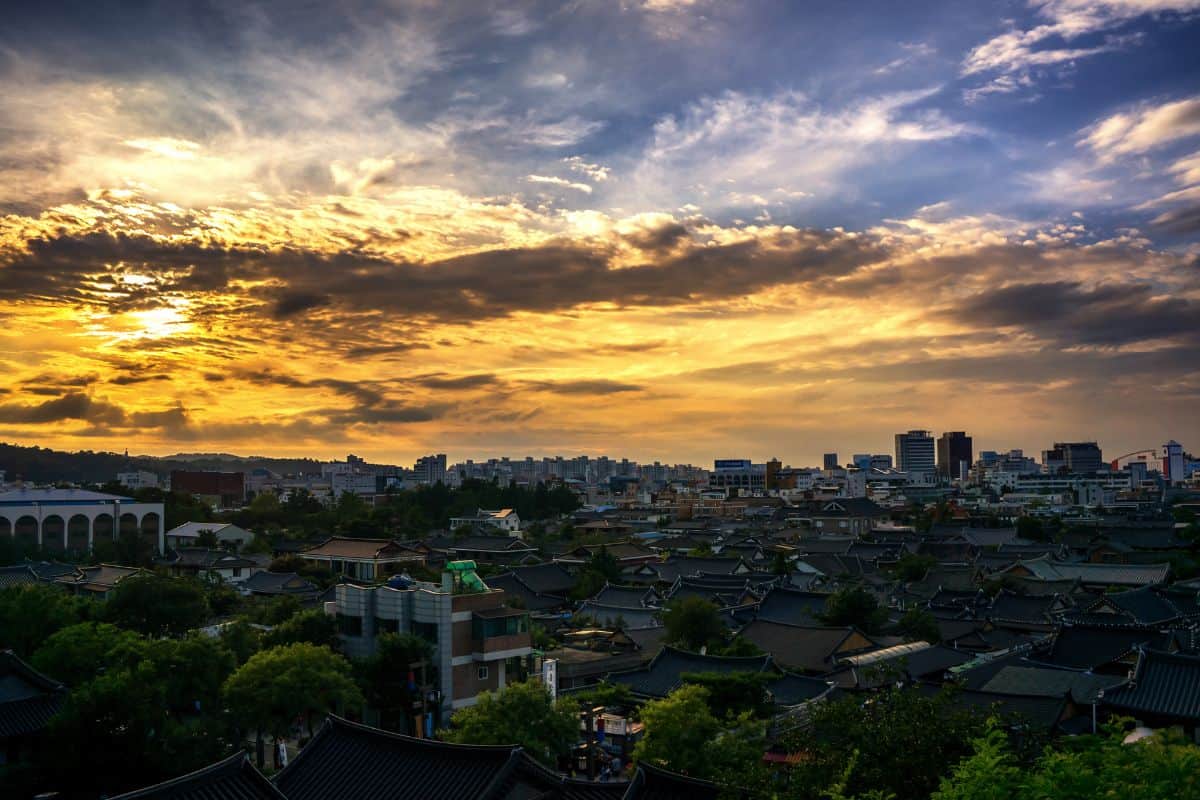
Jump to:
🌇 The City of Tradition
Jeonju, also known as the "Slow City," is a bustling metropolis in the south of Korea, renowned for its rich cultural heritage and mouth-watering Korean cuisine. As the birthplace of the Joseon Dynasty, Jeonju boasts a history that dates back over 500 years.
The city has also been awarded by UNESCO the honor of 'Creative City for Gastronomy' in recognition of its traditional Korean dishes and dedication to culinary arts. Whether you're an avid history buff, a foodie, or simply looking for a unique travel experience, Jeonju has something to offer everyone.
☀️ Things to Do When You're in Jeonju
Gyeonggijeon Shrine
Hours: 9am-6pm, Monday to Sunday
Gyeonggijeon Shrine is a must-visit for anyone traveling to Jeonju, combining historical significance with architectural beauty. The shrine houses the portrait of King Taejo, the founder of the Joseon Dynasty. Built in 1410, the shrine faced destruction during the Japanese invasion in 1597, though it was rebuilt in 1614.
The shrine was even renamed in 1442 during King Sejong's reign, meaning "Shrine of Felicitous Foundation." King Taejo's portrait here is Treasure No. 931, highlighting its importance, though the shrine's architecture is also impressive.
The Main Hall, or Jeongjeon, has a gabled roof, double eaves, and detailed brackets. Granite foundations support plain columns, leading to a spirit road that adds to the shrine's solemnity. Inside, the hall features a crafted ceiling and tall pillars, making it a grand setting for the royal portrait.
Address: 102, Pungnam-dong 3-ga, Wansan-gu, Jeonju, Jeollabuk-do
Closest Metro: Jeonju Express Bus Terminal Station
Hours to Spend: 1-2 hours
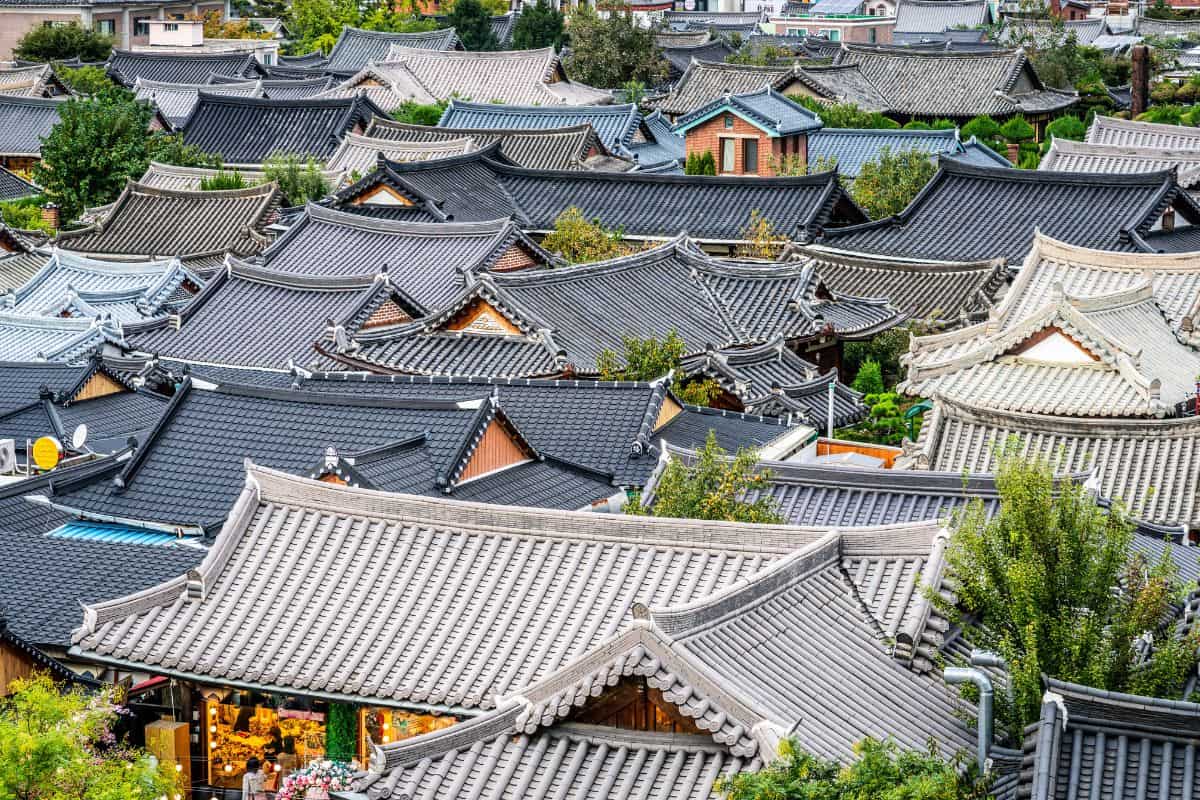
Jeonju Hanok Village
Hours: 24 hours, 7 days a week
Jeonju Hanok Village is a must-see for anyone visiting Jeonju. As Korea's largest traditional village, it has over 700 well-preserved hanoks and hanok stays in Pungnam-dong. Unlike other villages on the outskirts, Jeonju's Hanok Village is right in the city center, offering a mix of modern and traditional life. It holds historic value, as it marks the start of Korea's modern housing culture from 1910 onwards.
Address: 99 Girin-daero, Wansan-gu, Jeonju-si, Jeollabuk-do, South Korea
Closest Metro: Jeonju Station
Hours to Spend: 1-2 hours
Royal Portrait Museum
Hours: 9am-8pm (June-August); 9am-6pm (November-February); 9am-7pm (March-May, September-October)
Opened on November 6, 2010, the Royal Portrait Museum is one of Jeonju's newest attractions at Gyeonggijeon Shrine. The museum enriches the city's cultural heritage and offers visitors a glimpse into Korean royal history. The museum spans 1,190+ square meters with two levels.
On the first floor, you'll find portraits of King Taejo, the founder of the Joseon Dynasty, and six other monarchs, including King Sejong and King Gojong, all preserved in special cases. The museum also features exhibits on the Joseon royal family - the History Hall displays about 80 relics related to the Gyeonggijeon Shrine, while the Palanquin Hall showcases beautifully preserved palanquins.
The Museum is surprisingly popular with kids, as visitors can enjoy hands-on programs like guarding the shrine and making traditional portraits. Whether you're a history lover or curious about Korea’s past, the Royal Portrait Museum offers a fascinating cultural experience in Jeonju.
Address: 44 Taejo-ro, Wansan-gu, Jeonju-si, Jeollabuk-do, South Korea
Closest Metro: Jeonju Station, Metro Line 1
Hours to Spend: 1-2 hours
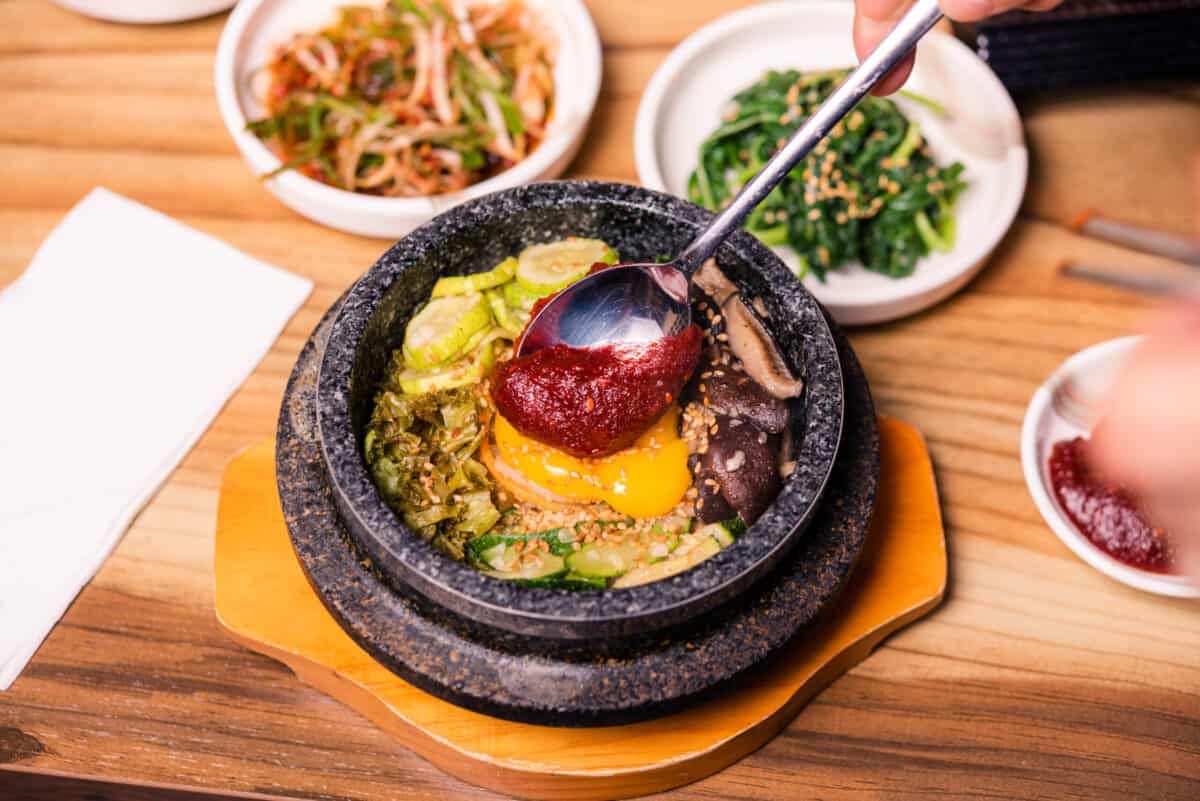
Jeonju Hyanggyo
Hours: 9am-6pm, Tuesday to Sunday
Jeonju Hyanggyo is a key historical site that served as a local Confucian school during the Joseon Dynasty; it's a must-visit for anyone interested in South Korea's educational history. As a Historic Treasure, Jeonju Hyanggyo looks at Korea's academic past and the role of such schools in education.
Originally established between 1392 and 1910, it was moved to its current site in 1603. The main building, Daeseongjeon Hall, holds tablets of 7 famous Chinese Confucian scholars and 18 notable Korean scholars, showing high regard for learning and teachings. Walking through the grounds, you'll sense the historical and scholarly focus.
Whether you're interested in Confucianism or just enjoy exploring historic sites, Jeonju Hyanggyo provides a thoughtful and enriching experience - be sure to plan your visit with enough time to appreciate its serene beauty and historical significance.
Address: 139 Hyanggyo-gil, Wansan-gu, Jeonju-si, Jeollabuk-do, South Korea
Closest Metro: Jeonju Station
Hours to Spend: 1-2 hours

Gyodong Tea Garden
Hours: 11am-8pm, Monday and Wednesday to Sunday
Indulge in the tranquility of traditional Korean architecture at Gyodong Tea Garden, a Hanok teahouse located inside Jeonju Hanok Village. Merely step inside to enjoy the soothing atmosphere and Korean culture. Choose between floor seating in Bongwan or chair seating in Byeolchae, both offering a comfortable tea experience.
Gyodong Tea Garden welcomes international visitors, and its staff is fluent in multiple languages; it's a great spot for anyone interested in Hanok architecture and Korean tea traditions.
Address: 65-5 Eunhaeng-ro, Wansan-gu, Jeonju-si, Jeollabuk-do, South Korea
Closest Metro: Samnye station
Hours to Spend: 1-2 hours
Jeondong Catholic Cathedral
Hours: depending on the mass schedule
Jeondong Catholic Cathedral in Jeonju is a key site of Roman Catholic history in Korea, built to honor the martyrs of the Joseon dynasty. French Priest Baudenet bought the land in 1891, but construction started in 1908 and finished in 1914, during Japanese rule.
Originally located near Pungnammun Gate, the church moved to its current spot for more space. Built with gray and red bricks, it's the first Romanesque building in Honam, similar to Seoul's Myeongdong Cathedral, blending Byzantine and Romanesque styles with three bell towers and arched ceilings.
Address: 51 Taejo-ro, Wansan-gu, Jeonju-si, Jeollabuk-do, South Korea
Closest Metro: Central City Terminal
Hours to Spend: 1-2 hours
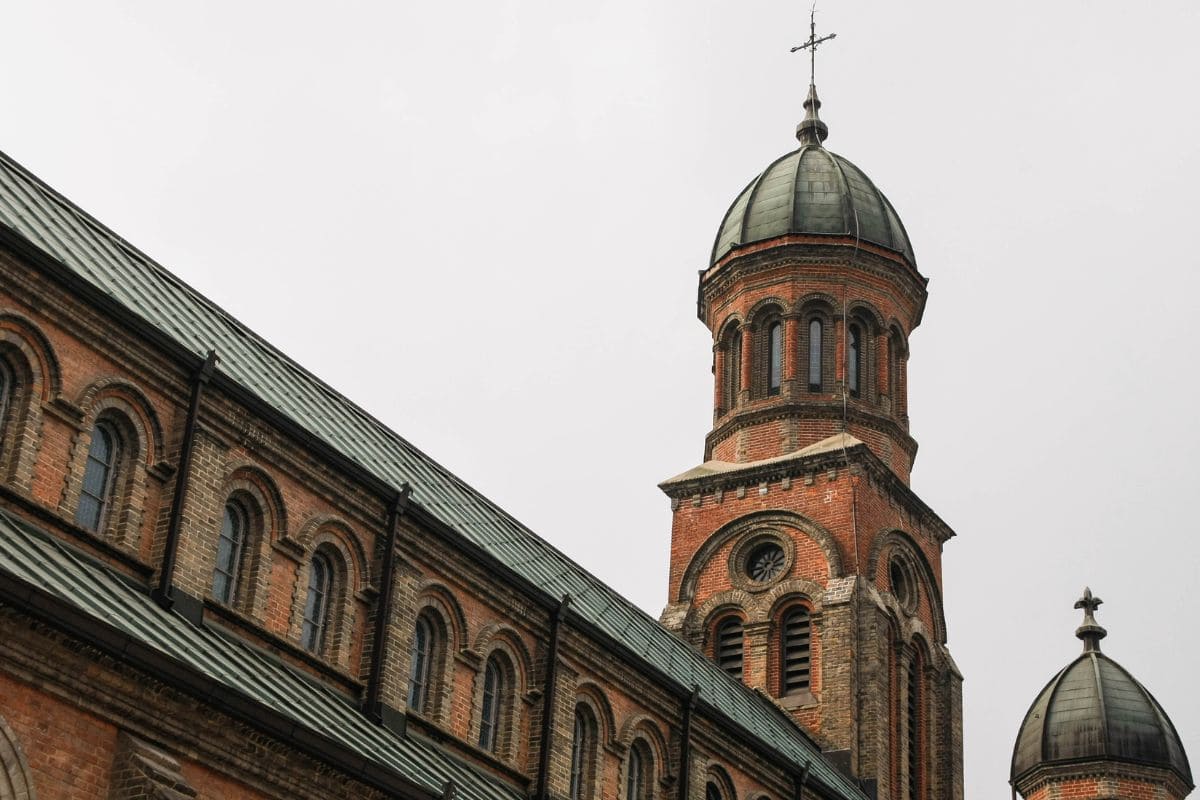
Omokdae Viewpoint
Hours: 24 hours a day, 7 days a week
For those looking for great views and a bit of adventure, hiking to Jeonju Omokdae is a must. You'll start your hike on a path through green trees, giving you a peaceful break from the city, though once you reach the top you’ll see stunning views of the city and its beautiful surroundings.
Omokdae is especially beautiful at sunset, lighting the sky in orange, pink, and purple. These colors give the city a warm, magical feel. This spot is perfect for relaxing and offers a unique look at Jeonju’s mix of old and new - bring your camera and maybe a picnic, as it’s a great place to unwind and enjoy the moment!
Address: 55 Girin-daero, Wansan-gu, Jeonju, Jeollabuk-do, South Korea
Closest Metro: Jeonju Station
Hours to Spend: 1-2 hours
Nambu Market
Hours: 6am-10pm, Monday to Sunday
Jeonju Nambu Traditional Market, opened in 1905, is a lively place with roots from the Joseon era. It's located just outside the city's southern gate. It's absolutely massive, with around 800 stores run by 1,200 vendors, offering fresh produce, dried fish, furniture, and silk items. Visitors can enjoy Jeonju's local culture and tradition.
The new Youth Market is on the second floor of 6-dong, turning empty spaces into a vibrant spot with young entrepreneurs; it has a similar feel to trendy areas such as Hongdae or Samcheong-dong, full of creativity.
The Friday and Saturday night market has delicious Jeonju food, from traditional nokdujeon (mung bean pancakes) to unique fusion dishes like bibimbap spring rolls. If you're visiting Jeonju, Nambu Market is a must-see for local vibes and tasty treats.
Address: 19-3 Pungnammun 1-gil, Wansan-gu, Jeonju-si, Jeollabuk-do, South Korea
Closest Metro: Nambu Bus Terminal Station
Hours to Spend: 2-3 hours
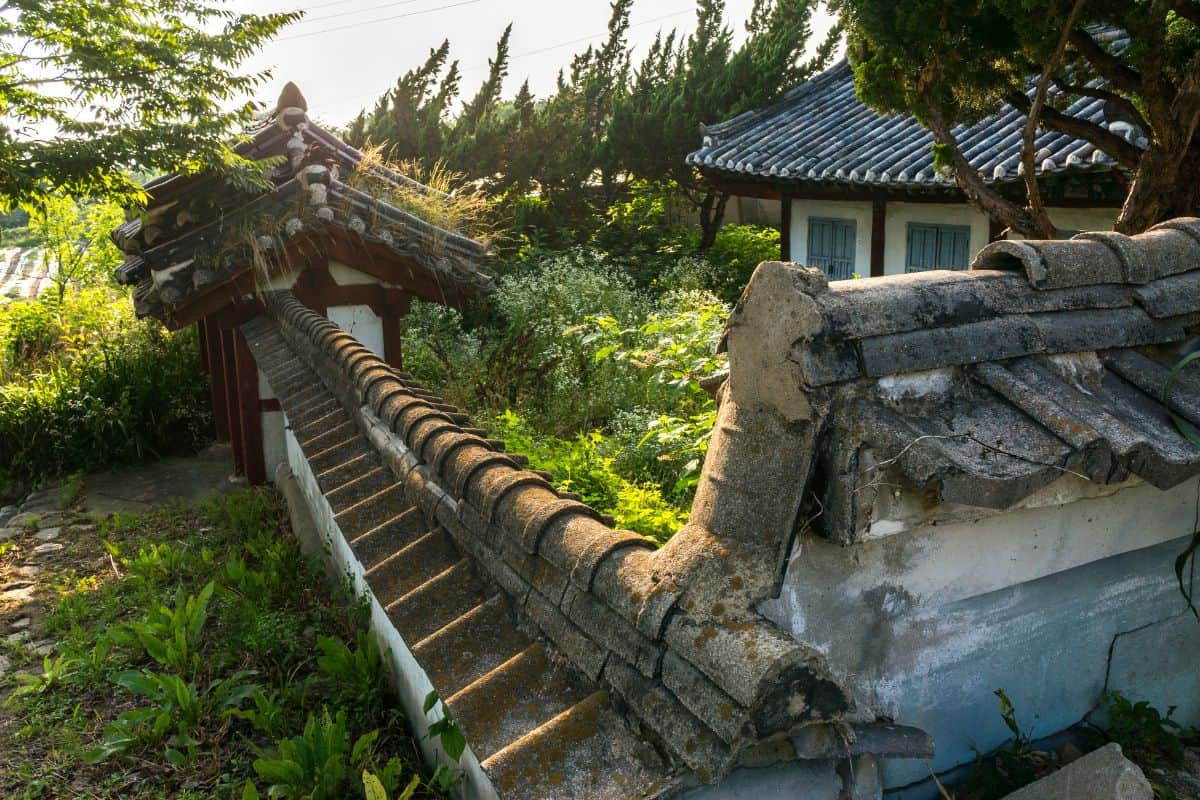
Hyangoyogil Street
Hours: 9am-7pm, Monday to Sunday
For travelers looking for a genuine shopping experience in Jeonju, Hyangoyogil Street is the perfect spot. Unlike the busy Taejo-ro Street in Jeonju Hanok Village, Hyangoyogil Street offers a true taste of local life, featuring traditional hanok homes and buildings, giving you a glimpse of Korea's architectural heritage.
You'll also find cozy cafes and coffee shops, ideal for relaxing after sightseeing. The street is full of charming craft stores and local artisan shops where you can buy unique souvenirs and handmade goods that showcase Korean culture.
Address: 44 Taejo-ro, Wansan-gu, Jeonju-si, Jeollabuk-do, South Korea
Closest Metro: Jeonju Station
Hours to Spend: 1-2 hours
Hanbyeokdang Pavilion
Hours: 24 hours a day, 7 days a week
Hanbyeokdang Pavilion is a notable cultural site rife with natural beauty - originally built as part of a Joseon dynasty official's country house, over the years it's been a haven for writers.
Visitors come for its history and stunning mountain views, making it a top scenic spot in Jeonju. Whether you're a writer or enjoy peaceful landscapes, Hanbyeokdang Pavilion offers a relaxing escape from the city and a glimpse into local heritage.
Address: 15 Gyo-dong, Wansan-gu, Jeonju-si, Jeollabuk-do, South Korea
Closest Metro: Jeonju Station
Hours to Spend: 1-2 hours

❓ Frequently Asked Questions
The best time to visit Jeonju's attractions is during late spring (mid-April to early June) and autumn (September to November). The weather during these seasons is pleasant, making it ideal for exploring outdoor sites like Nambu Market and Hanbyeokdang Pavilion, while there are also a number of cultural festivals and events around that time.
Yes, many of Jeonju's most popular attractions offer guided tours. For instance, Jeonju Hyanggyo and Jeondong Catholic Cathedral have knowledgeable guides available during opening hours who can provide in-depth historical context. For a more personal experience, you could also hire local guides who can offer insights into the history, culture, and significance of other Jeonju sites like Gyodong Tea Garden and Hyangoyogil Street.
Jeonju has a well-connected public transportation system, including buses and taxis, which makes it easy to get around. The closest metro stations to the key attractions are Jeonju Station, Nambu Bus Terminal Station, and Samnye Station. For those who prefer more flexibility, renting a bicycle or even walking along the scenic streets is a great way to explore the city at a leisurely pace in warmer weather.

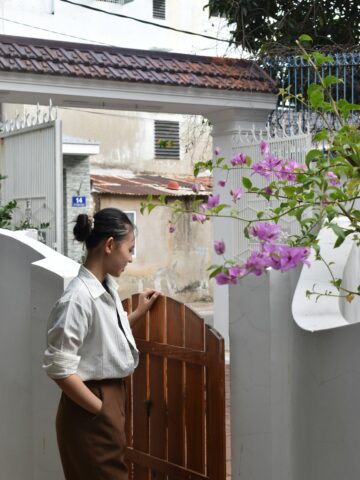
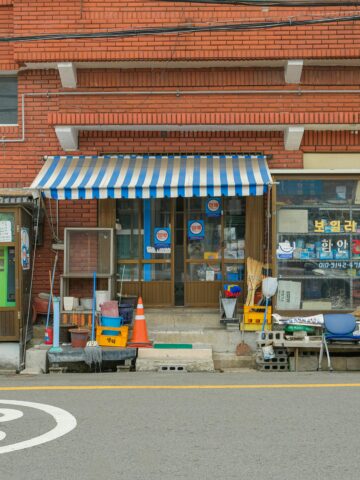
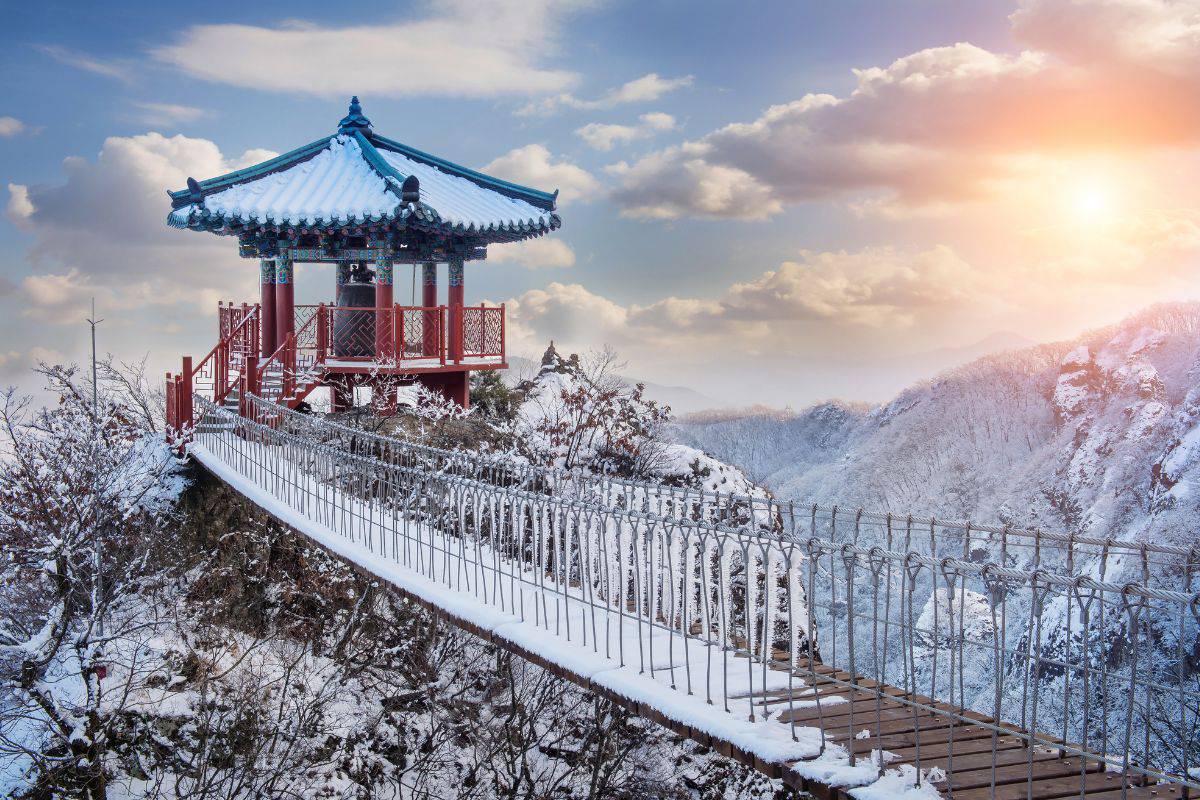
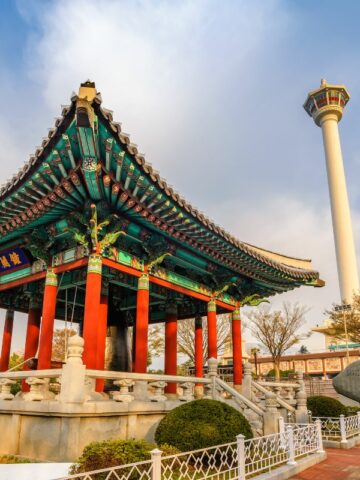
Comments
No Comments